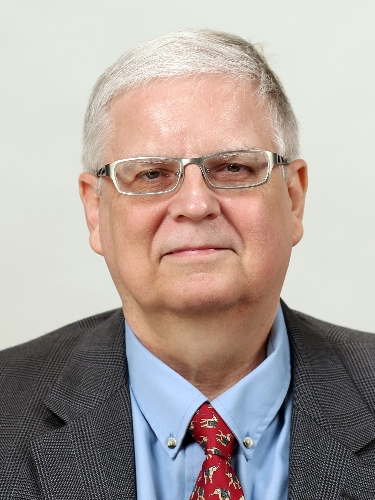2012 PRIMARY ELECTION: STATE BOARD OF EDUCATION DISTRICT 3
As Nevada braces for a dramatic shift in public school policy, five candidates are competing for a seat on the State Board of Education to shape new accountability measures that will replace the federal No Child Left Behind Act.
The board member would represent Congressional District 3 , which encompasses the suburbs of Las Vegas, Henderson, parts of North Las Vegas and Summerlin, and most of unincorporated Clark County.
Candidates range from a financial crimes investigator to a sitting board member. Regardless of experience, they all have opinions on where the Nevada Department of Education should go after requesting a waiver to No Child Left Behind, a federal system of benchmarks for passing or failing schools based largely on students' standardized test scores.
The state's replacement system, the Nevada Growth Model, would factor in how much improvement a student makes, not just whether they pass a test.
Many of the growth model's details have yet to be ironed out, which is where the state board and superintendent come in.
All five candidates support the waiver, but they differ in plans to improve Nevada student performance.
Ed Klapproth said Nevada needs to be creative and forget the one-size-fits-all approach of No Child Left Behind. The College of Southern Nevada teacher has noticed that many freshmen aren't ready for college after high school. They have to be put in remedial courses.
"We need to take steps to turn things around," Klapproth said, noting that teachers need to be given more freedom to teach and not be restricted to the same script.
He also pushed more career and technical choices for 11th- and 12th-graders, exposing them to the fields of computer programming, electronics and more.
"Some people aren't made for college. They work with their hands," Klapproth said.
Allison Serafin, a consultant to the Clark County School District and former executive director of Teach For America-Las Vegas Valley, also advocated abandoning the formulaic curriculum of the past for more personalized education plans.
"We don't have to do things the way we've done them," she said, emphasizing that the game plan must be clear and consistent from the state board down to district superintendents and teachers.
"What do school districts need from us to get the job done?" she asked.
To improve, Nevada schools need a "stronger, tougher curriculum," said Dino Davis, who investigates financial crimes for Las Vegas police. "It's called teaching to the top instead of teaching to the bottom."
But the answers aren't easy, said Debra "Sam" King, a retired teacher and Clark County School District administrator of 32 years.
She is waiting for undecided details of the growth model to be resolved before forming an opinion of the plan. "I'm still up in the air. But we can't legislate everything, either."
That was made clear in the "struggle" of meeting the requirements of No Child Left Behind, a program which expected every single student to be at grade level by 2013-14, said incumbent State Board member Annie Wilson.
The growth model will be better, but Wilson still wants to cut the High School Proficiency Exam, which every student must pass to earn a diploma. Her daughter, like many, earned all her high school credits but couldn't graduate on time because of the exam.
"This is only the beginning," she said. "We have a long way to go."
Contact reporter Trevon Milliard at tmilliard@reviewjournal.com or 702-383-0279.
board of education duties, pay
The Nevada Board of Education establishes policies governing public schools. A 2011 state law changed the selection process for board members. Up to now, registered voters in various districts elected 10 representatives to four-year terms. The new law established a board consisting of seven voting members and four nonvoting members. Of the voting members, four are elected by registered voters. The governor appoints three members. Board members are paid $80 per meeting, with a maximum of 12 meetings a year.
LAS VEGAS REVIEW-JOURNAL



















